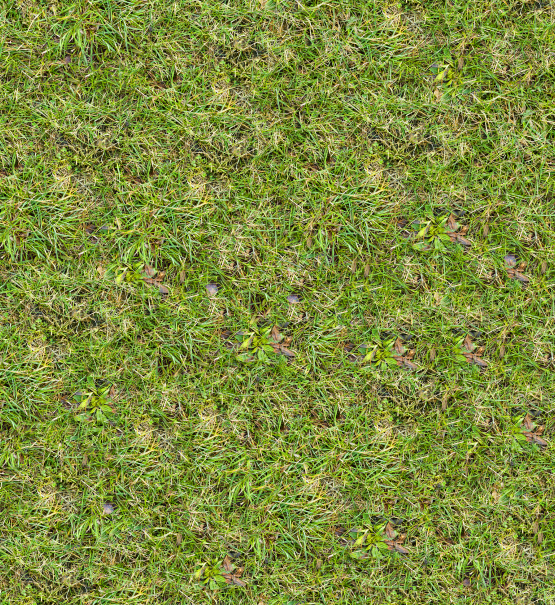
With the weather warming up and summer just around the corner, your lawn is just coming into its glory. Unless, of course, it's not.
As grass blades mature, they're exposed to the elements, and this is often when issues arise. What appeared to be a homogenous carpet of green last week suddenly has discoloured areas or a blighted appearance.
Could it be that your grass is ill?
Unfortunately, yes. Grass can be susceptible to fungal diseases that manifest in a variety of different ways.
The good news? It's entirely possible to stop most lawn diseases dead in their tracks with proper care and maintenance (which is a win-win since proper lawn care practices benefit your yard no matter what).
In this post, we'll provide some background on common fungal lawn diseases encountered in Winnipeg as well as some proactive tips on how to prevent and treat them:
In order for fungal diseases to gain a foothold, the following three factors must be present:
While weather patterns are beyond your control, you can dramatically reduce the chances of the other two occurring. Ensure that conditions that stress your lawn are minimized or eliminated and that your grass remains as healthy as possible in every season (see tips below).
Among the most common fungal grass diseases in Winnipeg are:
Be selective about the grass seed you put down. Opt for seed blends that are suitable for Winnipeg's climate, drought tolerant, and resistant to disease.
Even the hardiest of grasses will struggle if they don't have good soil to take root in. Reduce compacted soil by aerating your lawn, test your soil's pH at least once per year and adjust as necessary (most lawn grasses prefer slightly acidic soil between 6.0 and 7.0 pH), and avoid under or over-fertilizing.
Early morning watering equal to about 2.5 cm / 1 inch of precipitation is ideal. Adjust watering frequency and amounts based on natural rainfall and temperature.
Always use sharp blades and mow frequently, leaving at least two-thirds of grass blades to promote healthy growth.
Dethatch, dispose of grass clippings, rake up dead leaves, and generally keep your lawn free and clear of any damp debris that might be an inviting habitat for mould and fungus.
If you're happier not knowing about grass disease and just prefer to rest easy knowing that an expert team is tending to your healthy lawn, it's time to hire Cleanr Property Maintenance. Providing consistent and outstanding lawn care in Winnipeg, we worry about fungal lawn disease, so you don't have to. Call us today!